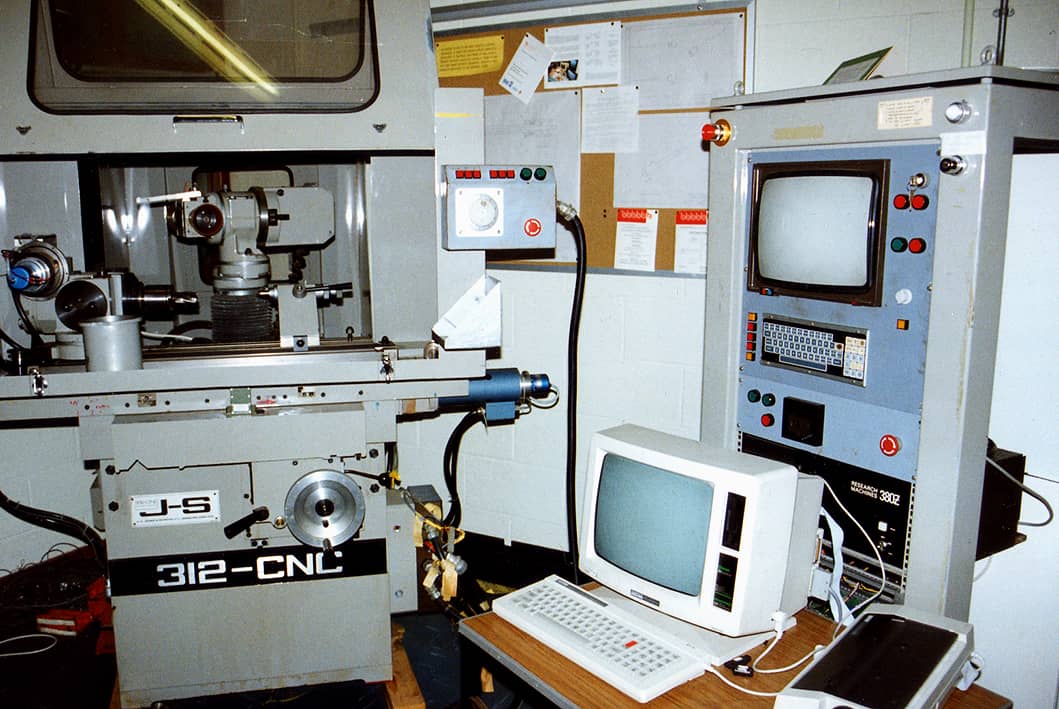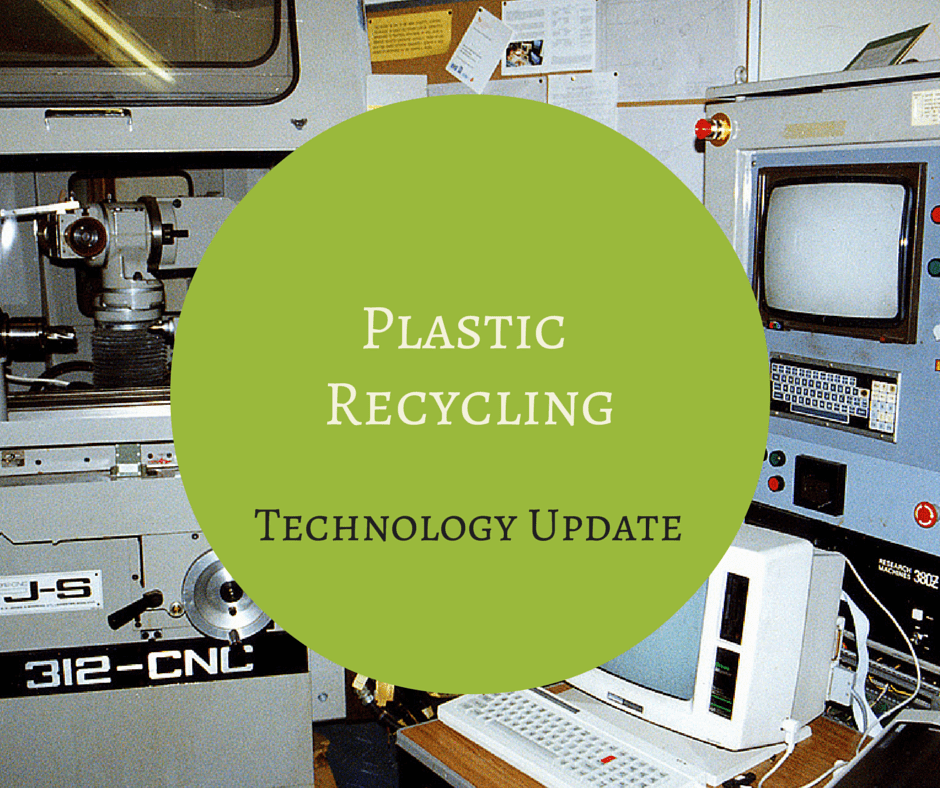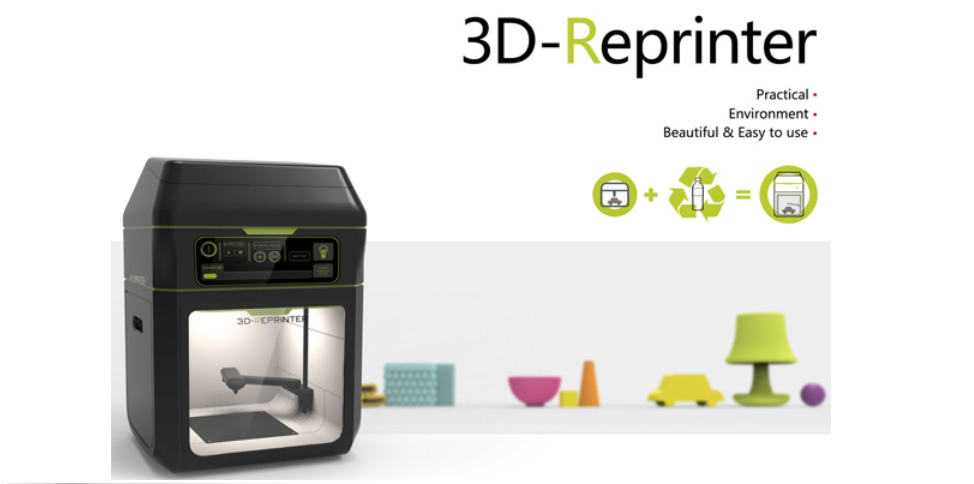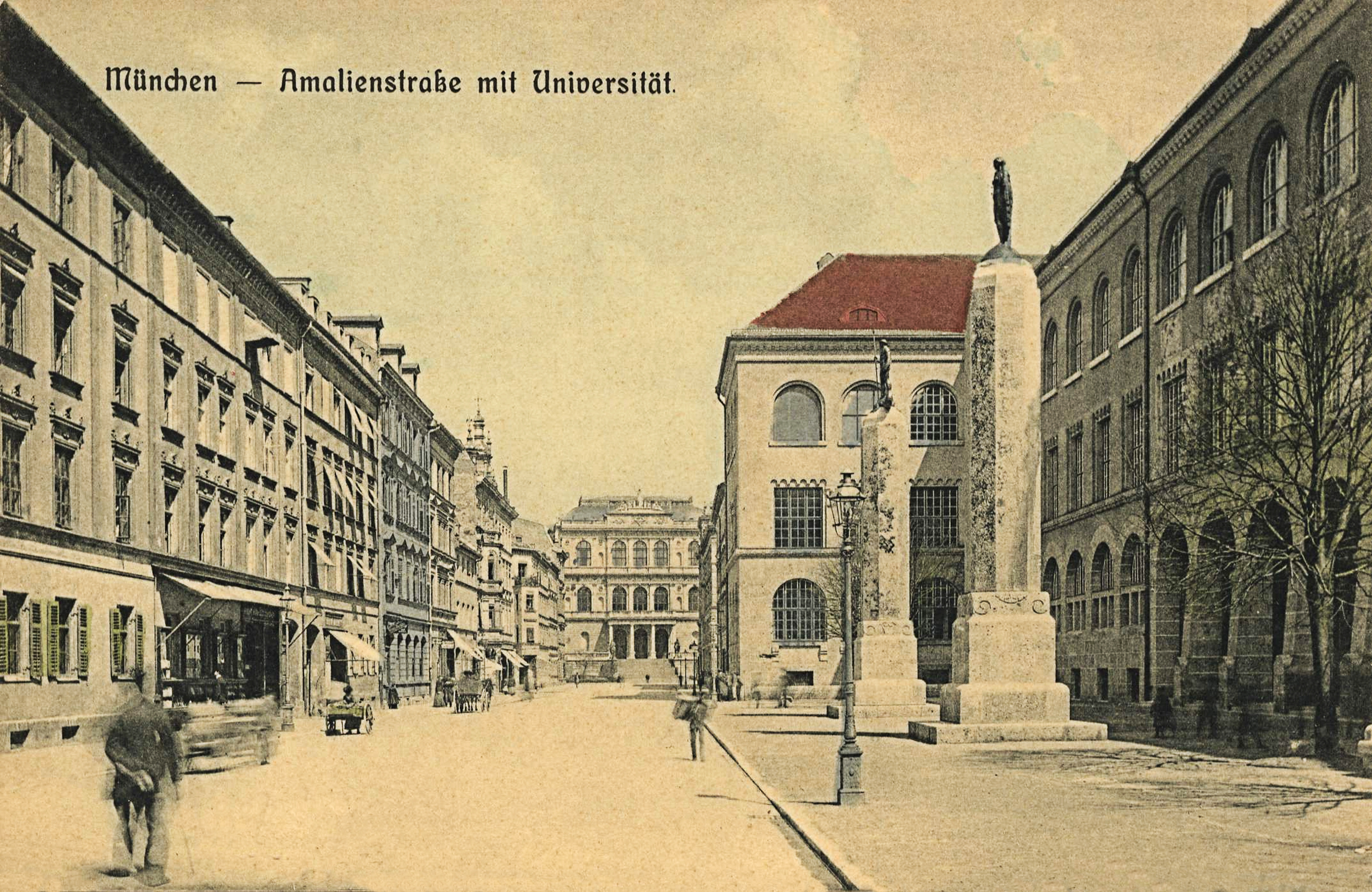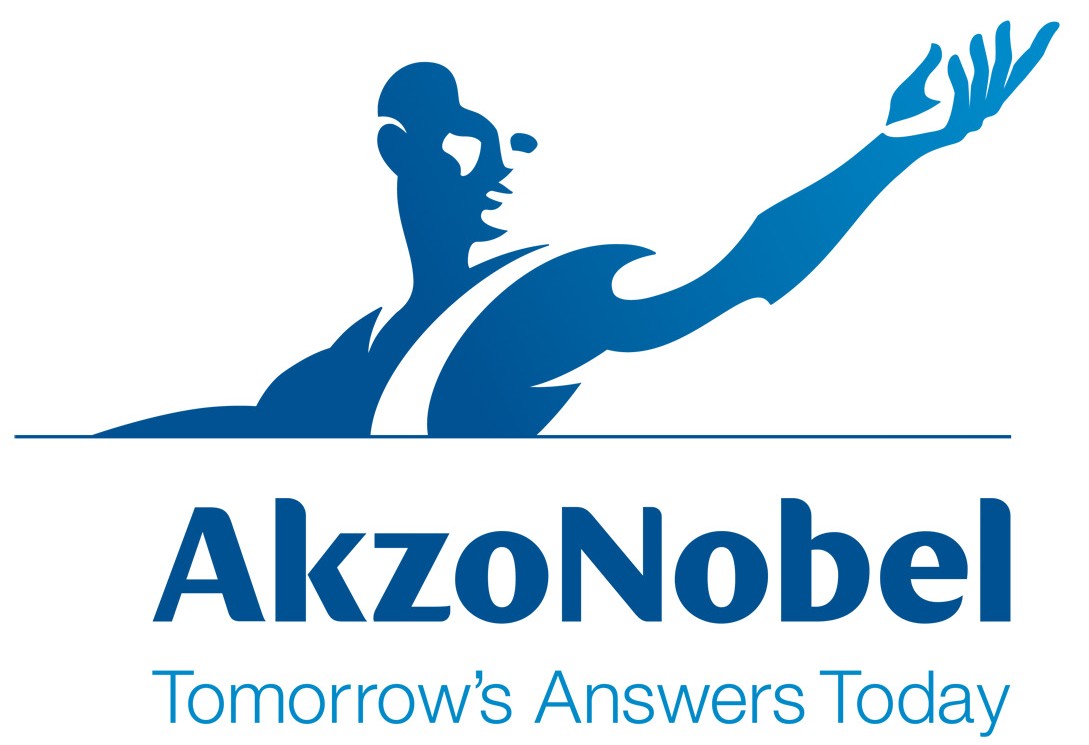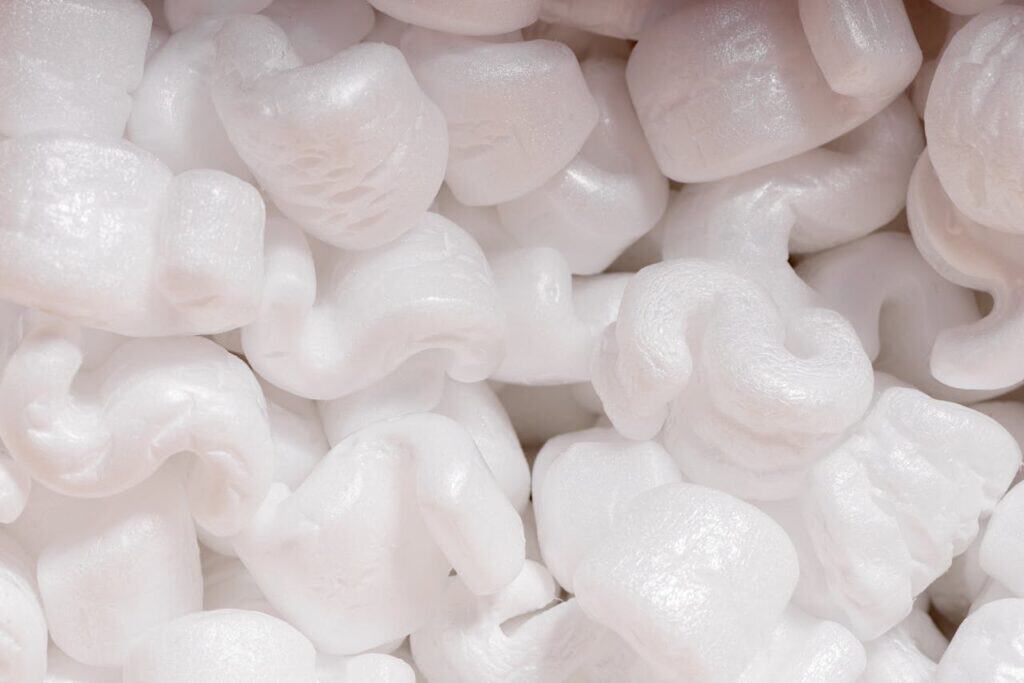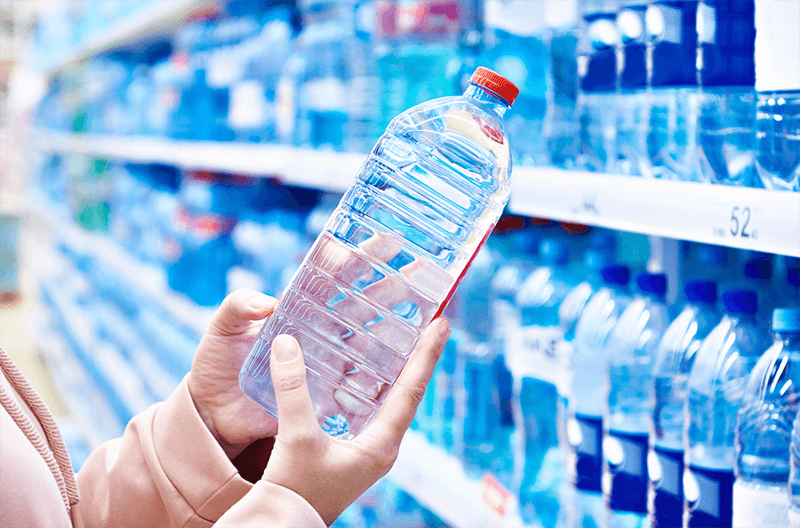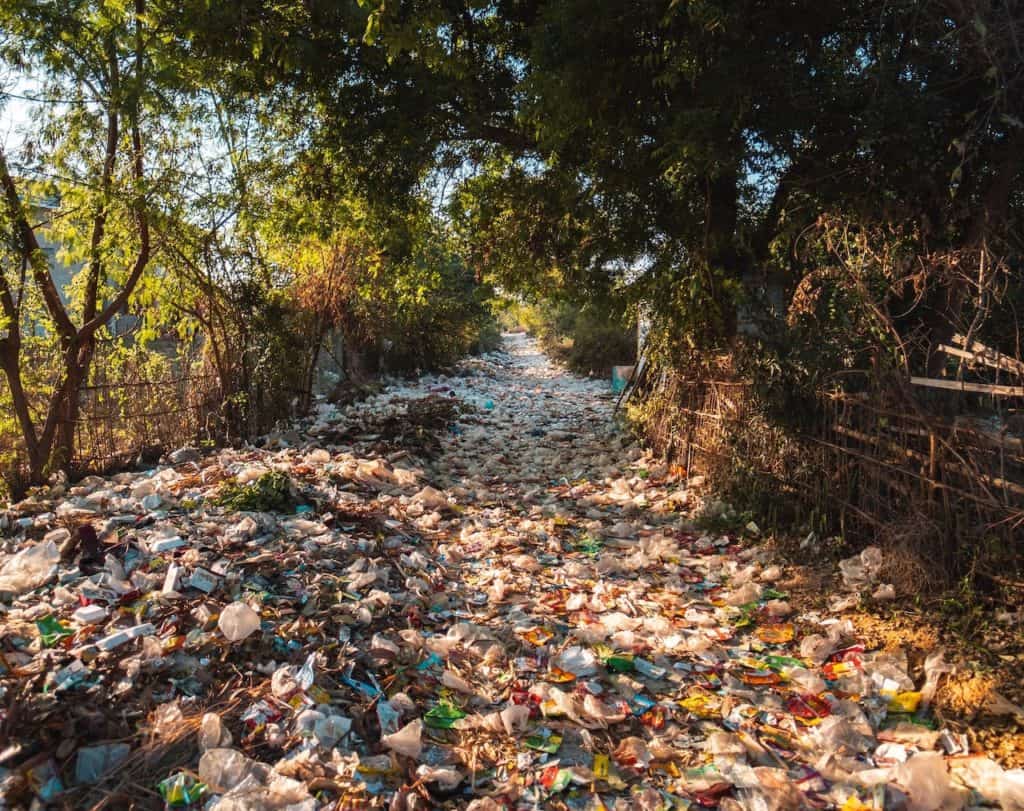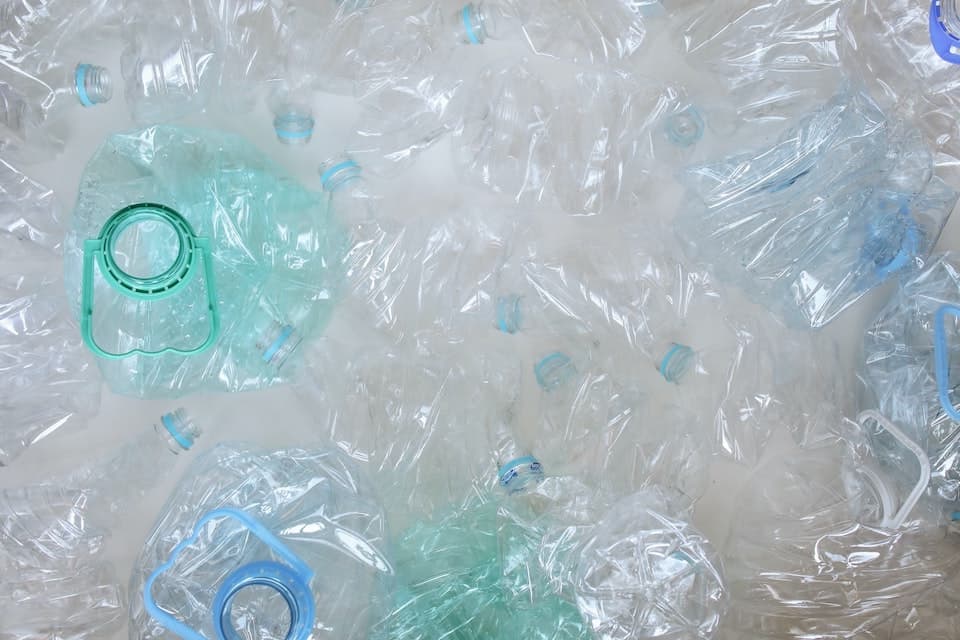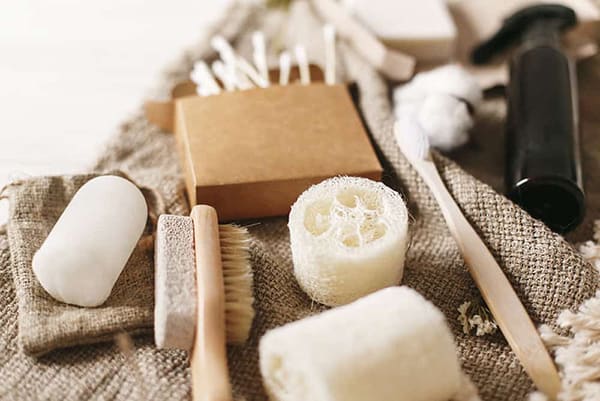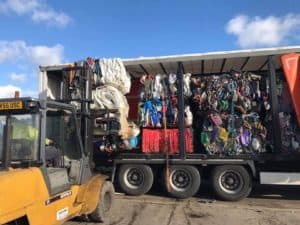Plastic Recycling Technology is having a real purple patch, with some innovative minds introducing various brilliant ideas
Let’s start with the 3D printer that recycles itself!
3D printing, whilst still a growing technology, is allowing us to diminish our reliance on major manufacturers for small plastic products. Once we can make things for ourselves, we will really start to understand the benefits of 3D printing. What if instead of virgin polymers for the printers, we could instead utilize our own domestic recyclabes? That’s the job of 3D-Reprinter (Bare in mind it’s only a concept at the moment)
The designers Yangzi Qin, Yingting Wang, Luckas Fischer & Hanying Xie are working extremely hard to put together an all-in-one plastic recycling and designing wonder-machine. If it works, it could re-invent the way we see our waste, and the value of plastic recycling. The machine would work in essentially the same way that mass plastic recycling does, as long as the plastic is uncontaminated. The bottles are fed into the machine, which grinds it into a powder, or granulate, and then melts the plastic and designs it into whatever the computer has been programmed to make.
A statement released by the team said: “Plastic products and waste material are part of our daily lives, be it at home, in school, or the office.” They continued, adding “We don’t know where to put most of these products, or feel that it is such a waste. The quantity of plastic waste is constantly rising and thus affecting our lives in the future and causing damage to the environment due to huge landfills and the long time it takes to degrade. 3D Re-Printer is a device design that allows the user to recycle the home waste plastic bottles into new products.”
Would you use one?
HospiCycle?
Next, whilst reading an article by the Healthcare Plastics Recycling Council (yawn), I came across a mention of HospiCycle, a tool that is designed to help Hospitals in America recycle their healthcare plastic waste. Whilst it’s not a fancy bit of technology (it’s really more of an eBook), it is a different approach to plastic recycling guides (see at the end of the article for a plastic recycling guide of our own).
The eBook is full of detailed images, plastic products that are rarely ever seen by consumers, checklists and step-by-step processes. The 63-page guide has 5 pages all about finding a recycling partner, which really is an important step, as the alternative for healthcare waste is most likely Landfill. There are flowcharts and economic strategies, really, all sorts of advanced plastic recycling knowledge put into a modern piece of technology and shared amongst healthcare professionals.
Tod Christenson, Director of HPRC, said “While hospitals have been champions of recycling for decades, efforts have largely focused on food service and administrative functions. The challenge that hospitals are facing now is how to successfully integrate recycling practices into patient care”. He continued, adding “This Guide serves as a comprehensive ‘how-to’ for hospitals seeking to advance their sustainability program by recycling plastic product and packaging waste generated in their facilities.” Keep up the good work!
Was kommt als nächstes? (What’s next)
A brilliant team of researchers led by Professor Heinz Langhals at Ludwig-Maximilliams-Universitaet in Munich have stumbled across a new process to aid sorting at plastic recycling centres. Spiffing!
The Department of Chemistry team stumbled across a method which involves flashing a beam of light over plastics and using the fluorescence to determine plastic types, allowing them to be correctly sorted by material type. Each plastic has intrinsic properties, owing to differing compounds and production methods, that’s why some plastics are flimsy and some are solid.
In a statement by Professor Langhals, he said “Plastics emit fluorescent light when exposed to a brief flash of light, and the emission decays with time in a distinctive pattern. Thus, their fluorescence lifetimes are highly characteristic for the different types of polymers, and can serve as an identifying fingerprint”
The process, which is under patent application, will surely be worth investing in for larger material sorters, though it does surely cut out at least one human job. The project will be a welcome addition to some brilliant emerging plastic recycling technology, such as the Artificially Intelligent sorting centre (link). Langhals, clearly a fan of recycling, said “Polymers represent an interesting basis for the sustainable cycling of technological materials. The crucial requirement is that the recycled material should be chemically pure. In that case, bottles made of PET, for example, can be relatively easily turned into synthetic fibre for use in waterproof windcheaters.”
A Noble Idea
There’s an awesome story coming out of the Netherlands about a firm called AkzoNobel, who have created a chemical that when sprayed to paper cups, makes them recyclable and compostable. They have estimated that 200 billion paper cups are used around the world every year, and recycling them is very difficult without large costs and quality sacrifice. The coating is called ‘The EvCote™ Water Barrier 3000′, making it sound like a Bond villain’s new secret weapon.
The chemical is made from plant-based oils and recycled PET bottles, which is awesome in itself, taking recycled bottles and using them to help recycle cups! Conrad Keijzer, Executive Committee member of AkzoNobel said “This is an industry-changing innovation, which could have a significant impact in terms of providing economic and environmental benefits along the value chain. The new coatings technology will help restaurant owners and cup producers to reduce their waste.”
Gil Sherman, Marketing Development Manager at AkzoNobel said “The cost of paper represents the highest single cost for cup makers, so recycling the industrial scrap means that there are both cost and environmental benefits.” The main environmental benefits are a reduced alliance on petrol based PE (polyethylene) films, and a product that is 95% renewable sourced.
We suppose this is more about paper recycling than plastic recycling, but if you consider that the product is made from recycled PET, you can see why we are excited about it!

